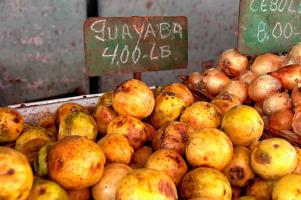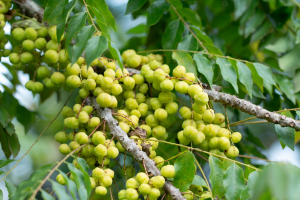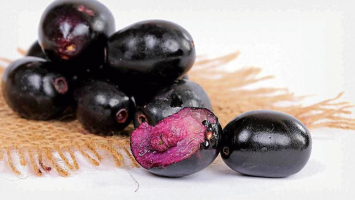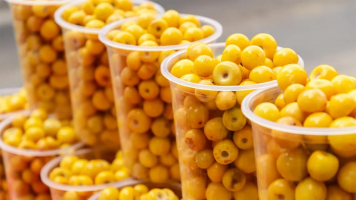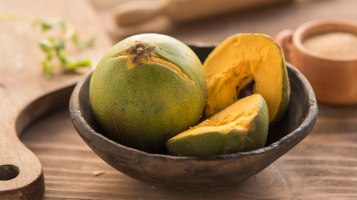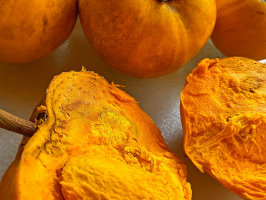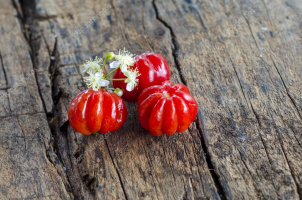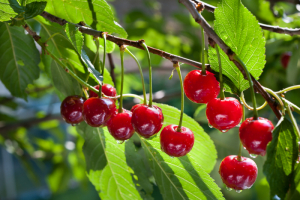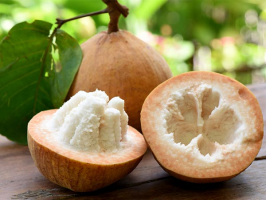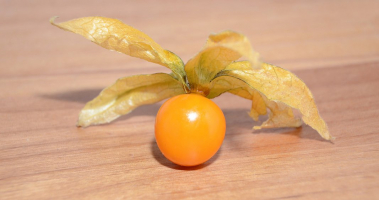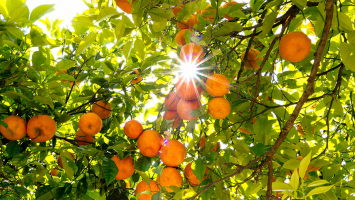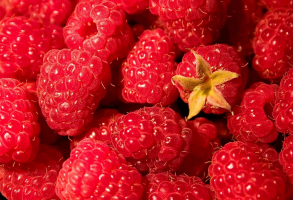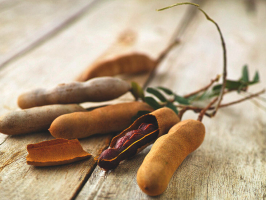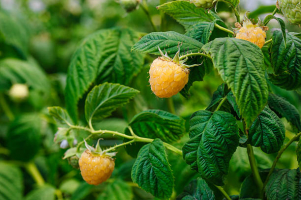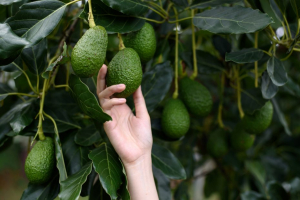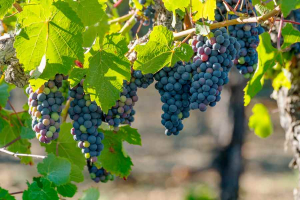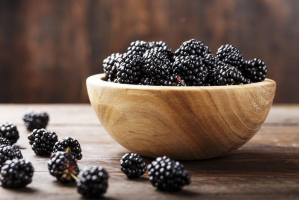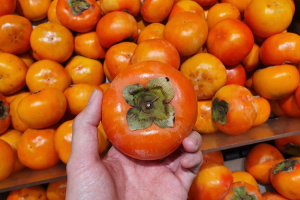Top 7 Most Delicious Chilean Fruits
With rich volcanic soil and some of the purest waters in the world, Chile produces a bounty of delicious, premium fruits throughout the year. As the Southern ... read more...Hemisphere’s largest fruit exporter, Chile grows the key fruits available in the Northern Hemisphere, but during the opposite season, enabling a year-round supply of many of the world’s favorite fruits. Below are the most delicious Chilean fruits, let's find out!
-
White strawberries, botanically a part of the Fragaria genus, are rare fruits belonging to the Rosaceae family. There are many different types of White strawberries found worldwide with varying appearances, flavors, and origins. Today White strawberries have remained one of the top fruits sold as special gifts, and there are over 50 cultivars found throughout Japan, including Pearl White, White Rabbit, and White Jewel. White strawberries are premium fresh-eating fruits highly valued for their unusual coloring, delicate flavor, and soft texture. Strawberries were introduced to Chile in 1714. Although white strawberries are commonly planted in Chile, it is hard to find these fruits in the local markets in this country. Chileans often use these fruits as gifts on essential occasions.
Depending on the variety, white strawberries come in a wide range of sizes from small to large and have an oval form with curving, occasionally broad shoulders that taper gently to a rounded tip. The skin is white to ivory in color, smooth, glossy, firm, and speckled with bright red seeds and a sporadic tint of pink. The white flesh is crisp but sensitive on the outside but soft, fragrant, dense, and watery on the inside. White strawberries are aromatic and possess a nuanced taste that moves from tropical and tangy, pineapple-like notes to a gentle, candy-like sweetness with a lingering brightness on the palate.
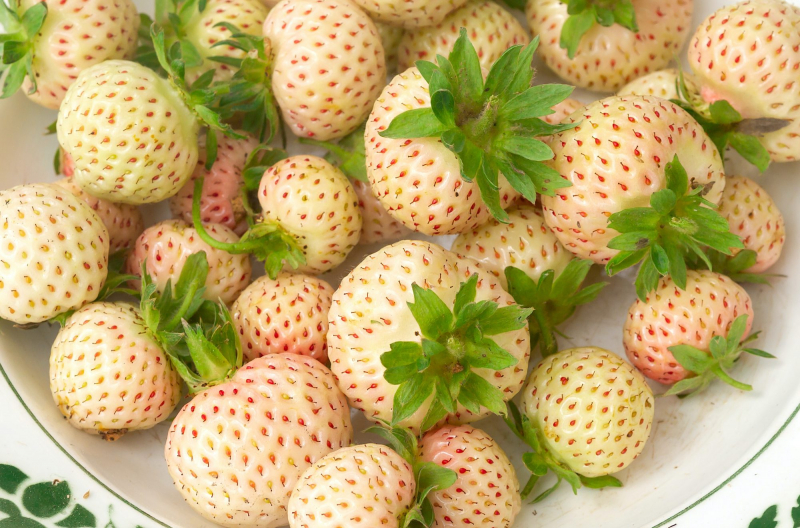
Allrecipes 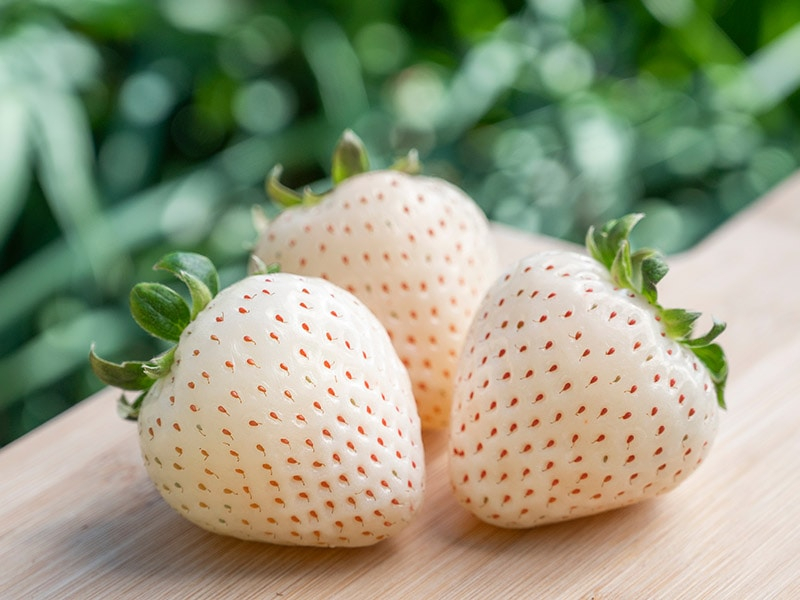
Lacademie -
Chile is one of the top suppliers of pomegranates for Europe and the United States. This fruit has been cultivated widely in this country for a long time. Originally, pomegranate was a native fruit of the Mediterranean region. Spanish settlers delivered this fantastic fruit to Spanish America in the 16th century, and this fruit has become famous across the Americas. The locals consider the pomegranate the fruit kingdom’s crown jewel in Chile.
The pomegranate is a 5 to 10-m tall shrub or small tree with many spiny branches. It has a long lifespan, with some specimens in France living for 200 years. The leaves of P. granatum are 3-7 cm long, 2 cm wide, shiny, narrowly rectangular, and whole. The flowers have three to seven petals, are bright red, and have a diameter of 3 cm. Some unproductive cultivars are bred just for their flowers. The pomegranate fruit husk, which is reddish-purple in color, is made up of two layers: an outer, hard pericarp and an interior, spongy mesocarp (white "albedo"), which makes up the inner wall of the fruit to which the seeds are attached. A pomegranate can contain anything from 200 to 1,400 seeds.
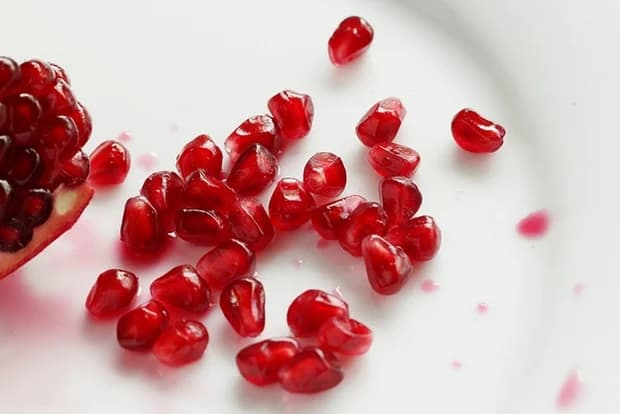
iStock 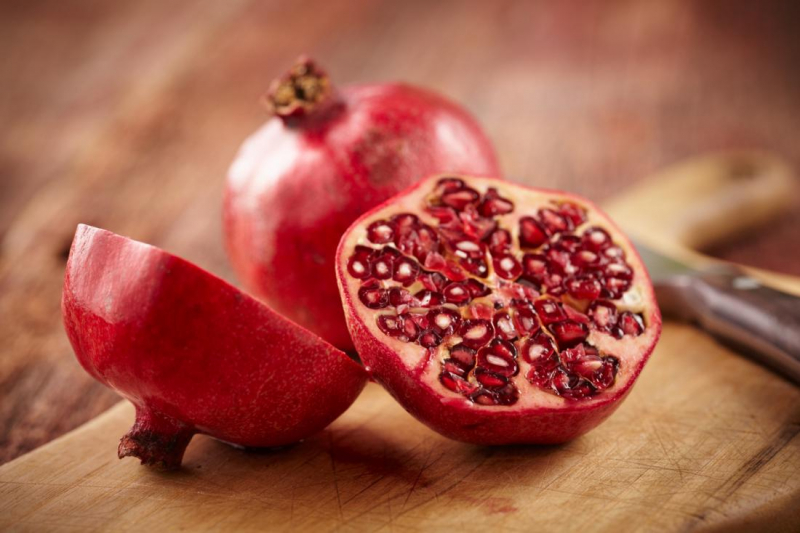
Healthshots -
Black Chilean guavas are a rare fruit in the myrtle family and a distant relative of cloves, allspice, and eucalyptus. Botanically classified as Ugni myricoides, they are like those guavas in the larger Psidium genus, but unique in that they are native to a more specific geographic region within Latin America. In fact, the petite berries have also earned the name 'Black Mexican guava', mainly due to an abundance of the plant in the state of Chiapas on the Mexico-Guatemala border. Their scientific name derived from the Mapuche Native American word “Uñi”, is also used to categorize their close cousin the red Chilean guava, U. molinae.
Black Chilean guavas are grown on multi-branched, 1 to 2-meter-tall trees that resemble shrubs more than true trees. When fully grown, the tiny fruits turn a deep burgundy to black hue and hang from short, brilliant green stalks. Although black Chilean guavas are often larger than red Chilean guavas, which resemble cranberries, they are still only around 2 cm in diameter. The berries have a sweet taste with flavors of strawberries, spice, bubblegum, and cotton candy, according to legend.
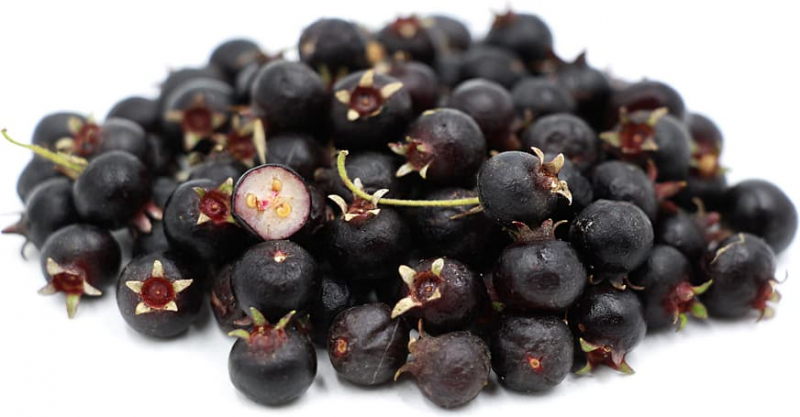
Specialty Produce 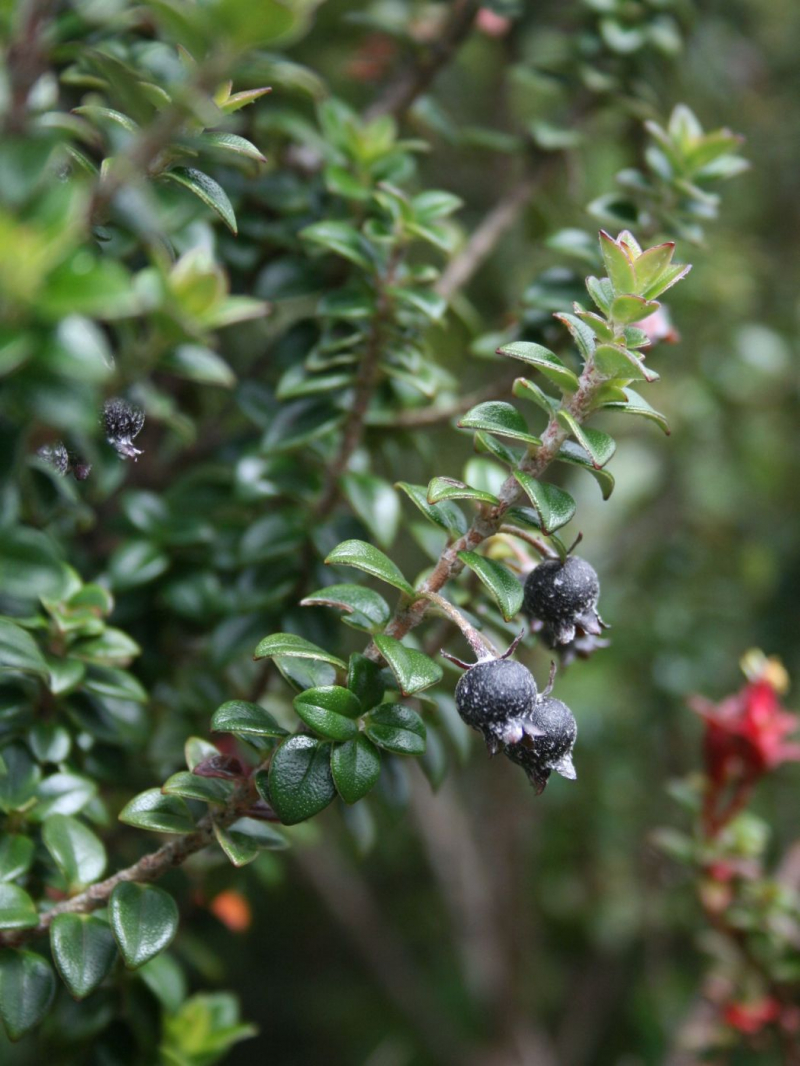
Wikipedia -
The loquat (Eriobotrya japonica) is a large evergreen shrub or tree, grown commercially for its orange fruit and for its leaves, which are used to make herbal tea. It is a favorite fruit of natives in Chile. The tree can reach a height of 5–10 meters, however, it typically grows to be just 3–4 meters tall. Depending on the local temperature, the fruit starts to ripen in the spring through summer. The leaves are thickly velvety-hairy below and thick yellow-brown pubescence on the upper surface; the young leaves are also densely pubescent above, but this soon rubs off. The leaves are alternate, simple, 10-25 centimeters long, dark green, tough, and leathery in texture, with a serrated margin. The loquat is low in sodium and high in vitamin A, vitamin B6, dietary fiber, potassium, and manganese.
Asia has almost 800 different varieties of loquat. The cultivars "Gold Nugget" and "Mogi" are self-fertile varieties. The loquat is a simple plant to grow in subtropical to mild temperate regions. It is frequently planted first as an ornamental plant, particularly for its sweet-scented blossoms, and secondarily for its delectable fruit. The strikingly textured foliage gives gardens a tropical feel and contrasts well with a variety of other plants.
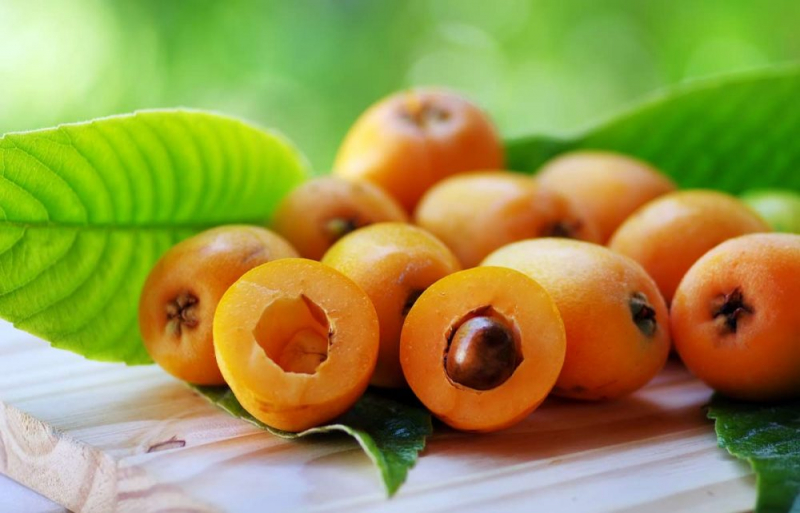
Healthline 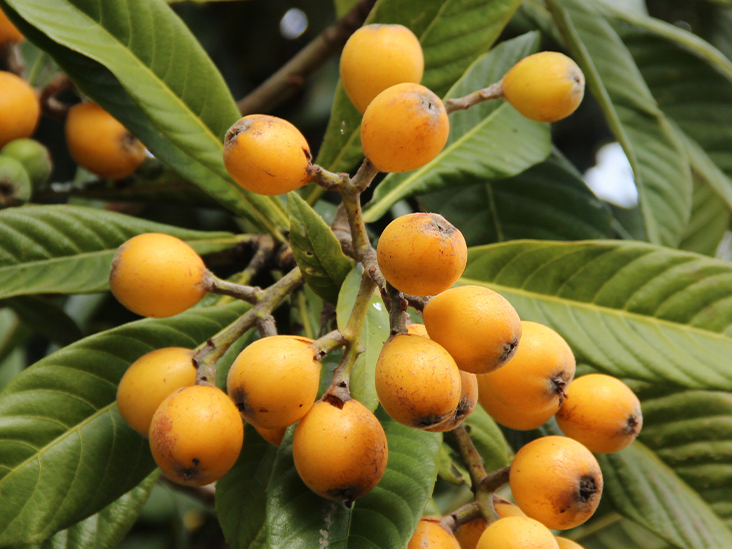
Healthline -
Lucuma, botanically classified as Pouteria lucuma, is a rare, ancient fruit belonging to the Sapotaceae family. There are many naturally occurring varieties of Lucuma found throughout the Andean highlands of South America, and the fruit can be further classified into two subgroups known as hard or silk fruits. The fruits most commonly seen in fresh markets belong to the silk fruit subgroup, as the flesh is softer, sweeter, and more palatable. Lucuma is also known as Lucmo and Eggfruit, which is a descriptor given from the fruit’s dry, yellow pulp, and Andean civilizations have used the fruits for centuries as a source of nutrients. In the modern-day, Lucuma has remained localized to its native regions, and the trees are often seen planted near houses where the fruits are gathered as needed. Lucuma is a staple fruit of the Incas and is an essential part of culture and celebrations in Chile.
Lucumas are small to medium-sized fruits that typically measure 4 to 6 centimeters in diameter. They have a curved, oval oblong shape that resembles that of an egg or an avocado. The stem-end is surrounded by a small patch of brown russet on the hard, smooth, and thin skin, which has varied shades of dark green, light green, and brown. Depending on the type and level of ripeness, the yellow flesh beneath the skin can be firm or mushy and typically has a dry, gritty, and starchy texture. In addition, there are 1 to 5 shiny, smooth, and brown seeds inside the meat. When lucuma is ripe, it takes on a distinctive flavor that is sweet and syrupy and contains notes of maple syrup, sweet potatoes, and caramel.
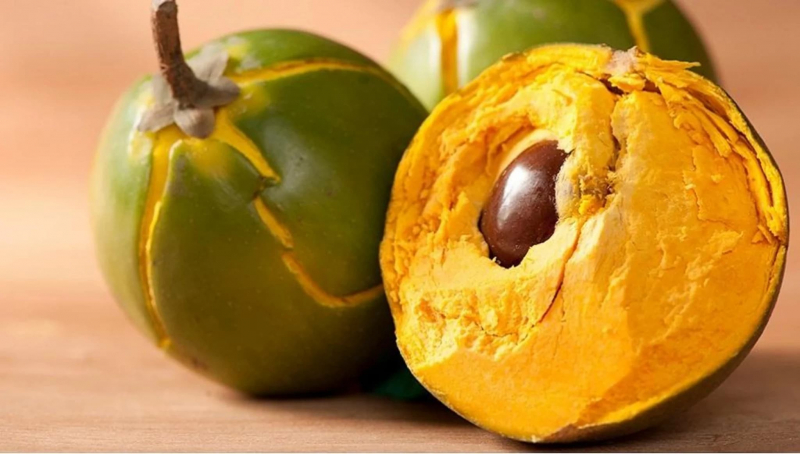
Mandina Holdings 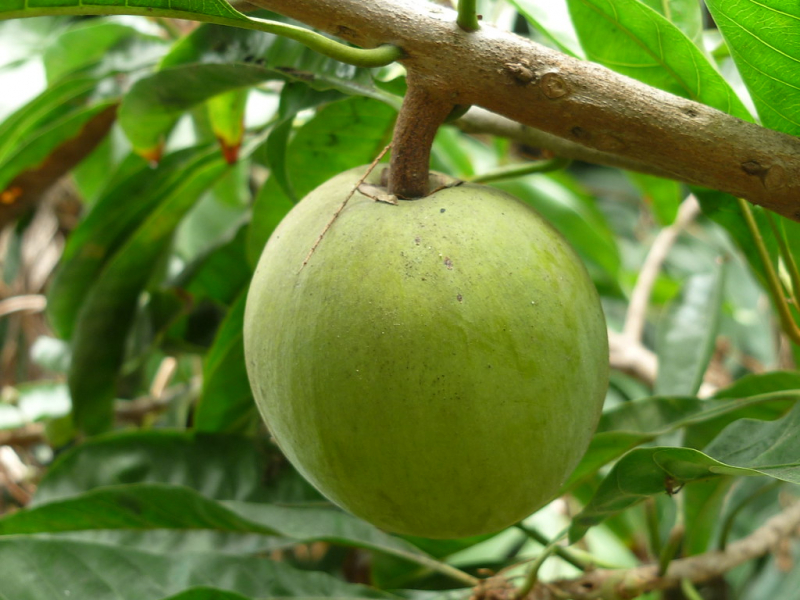
Flickr -
The Chilean wineberry, or Maqui, is a large shrub or small tree native to the Valdivian rainforests of Chile and adjacent southern Argentina. Typically growing up to 15 feet in height, the Chilean Wineberry will naturally produce numerous thin trunks, creating a unique, lofty appearance. Trees are fast-growing, evergreen, and cold-hardy and make a great addition to both formal gardens and edible landscapes. In Chile, the Mapuche people have cultivated this fruit for centuries. They have used maqui berry for making Chicha – a famous traditional Chilean drink.
It has the same flavor as blackberries. In the natural environment, maqui berries are the loved food of many birds. The natives often consume raw Chilean wineberries. Being hailed as a so-called ‘super food’, the fruits of the Chilean Wineberry are high in anthocyanins and other antioxidants. These berries help prevent cancer and boost the immune system. While the berries are small, the trees produce them in abundance and they are often used to create juices, jams, and wines.
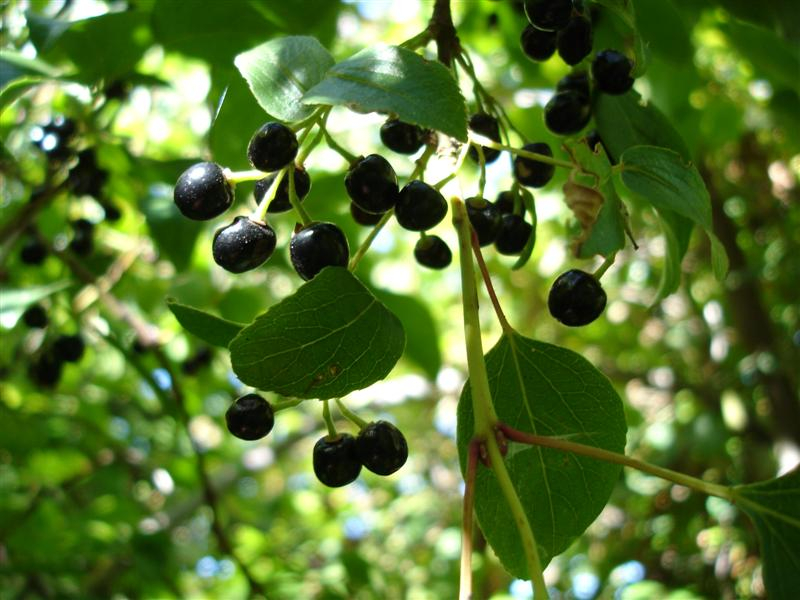
Wikipedia 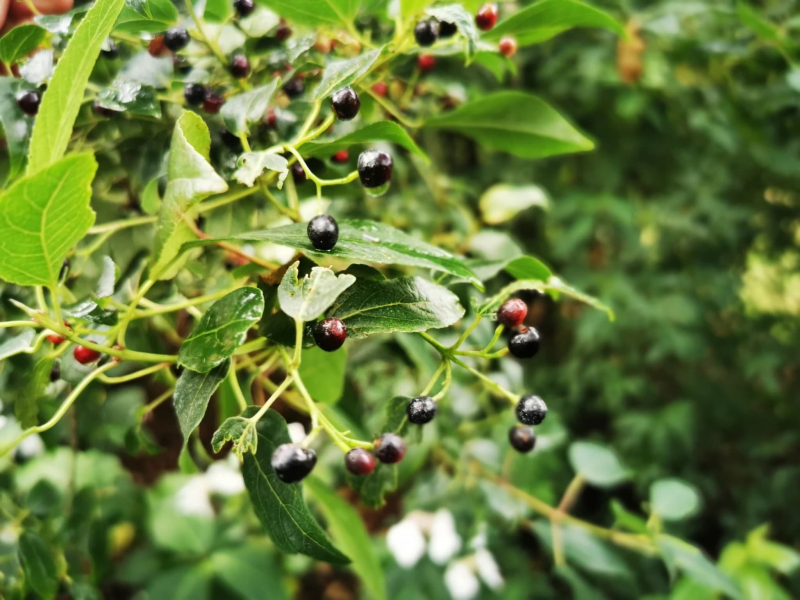
Jurassicplants Nurseries -
Pepino melon, also known as Pepino dulce (sweet cucumber), melon pear, or just Pepino, is a delicious fruit native to the temperate Andean areas of Chile, Columbia, and Peru. You can also find this fruit in other South American countries such as Kenya and Bolivia. It is a small oval fruit with firm, smooth skin that turns yellow with purple stripes when it ripens. The taste of Pepino fruit has been described as a cross between a cucumber and a honeydew melon or a cantaloupe. The fruit's size can range from that of passion fruit to that of a grown person's hand. As a perennial plant, the Pepino bush can last for many years.
The shrub can go as tall as 3 feet (1 meter) and as wide as 3 feet (1 meter). Like a tomato plant, they benefit from being staked, caged, or grown on a trellis. If allowed to spread out organically, the Pepino shrub will attract pests and animals that enjoy eating fruit. The Pepino will multiply and blanket the ground if you don't mind sharing your harvest. The fruit is mildly sweet and best eaten when completely ripe for the sweetest flavor. The entire Pepino fruit is edible, including the skin and seeds, though the skin may become tough by the time the fruit is ripe. Instead, peel the skin before eating, or eating around it.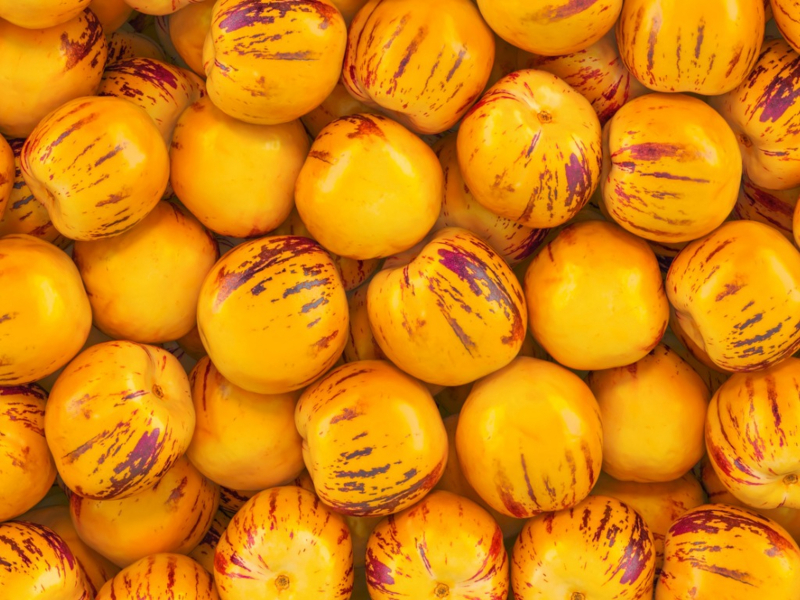
Gardening Know How 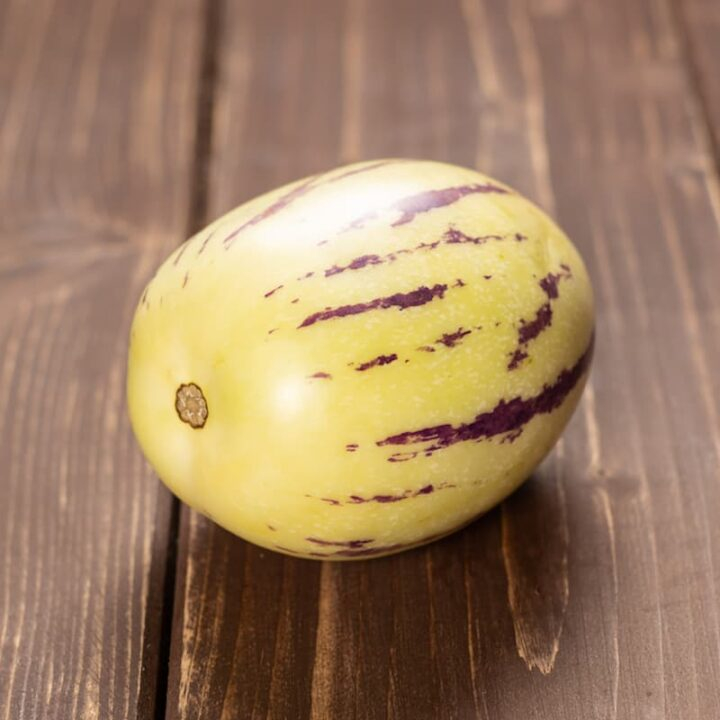
Gardening With Allie









